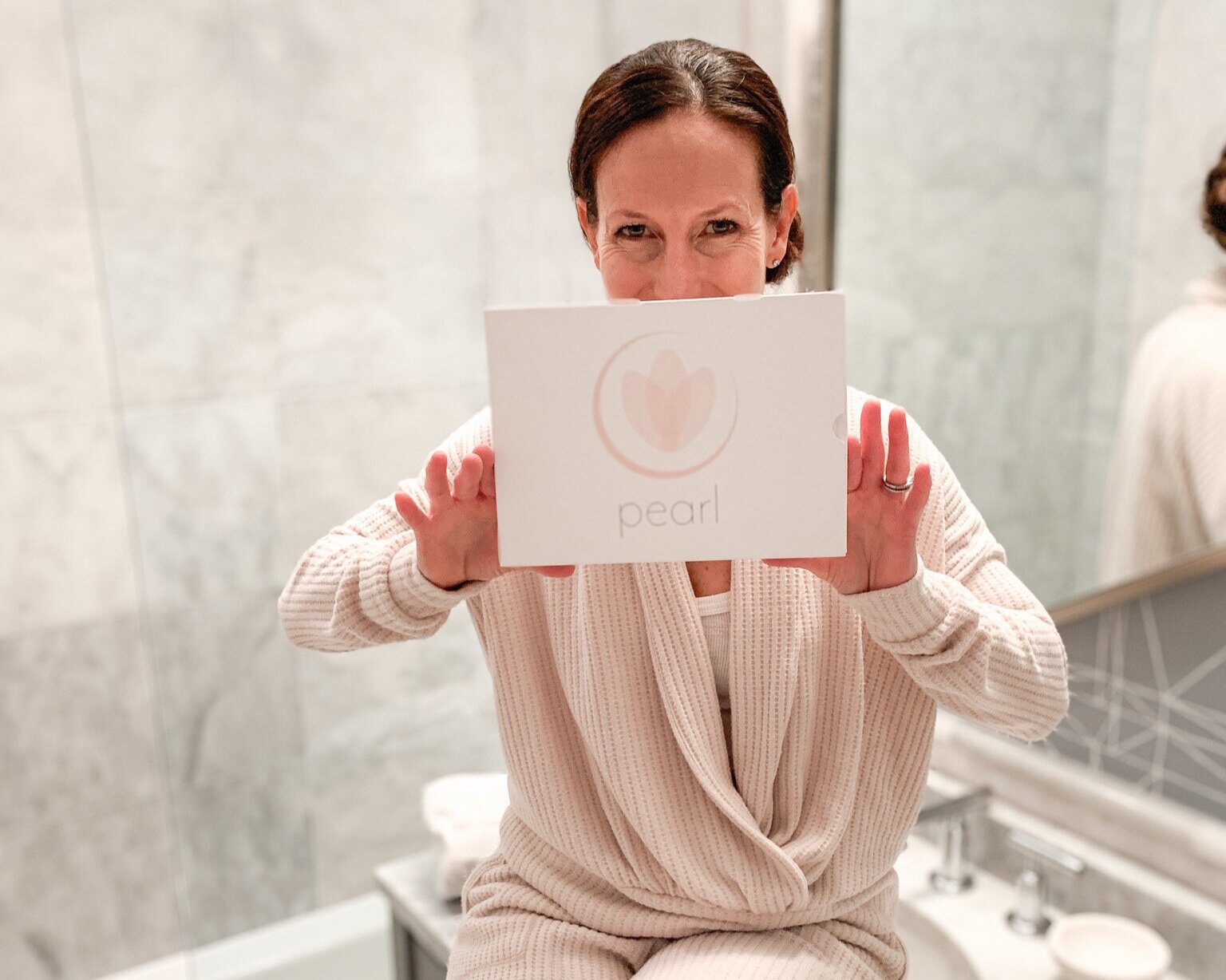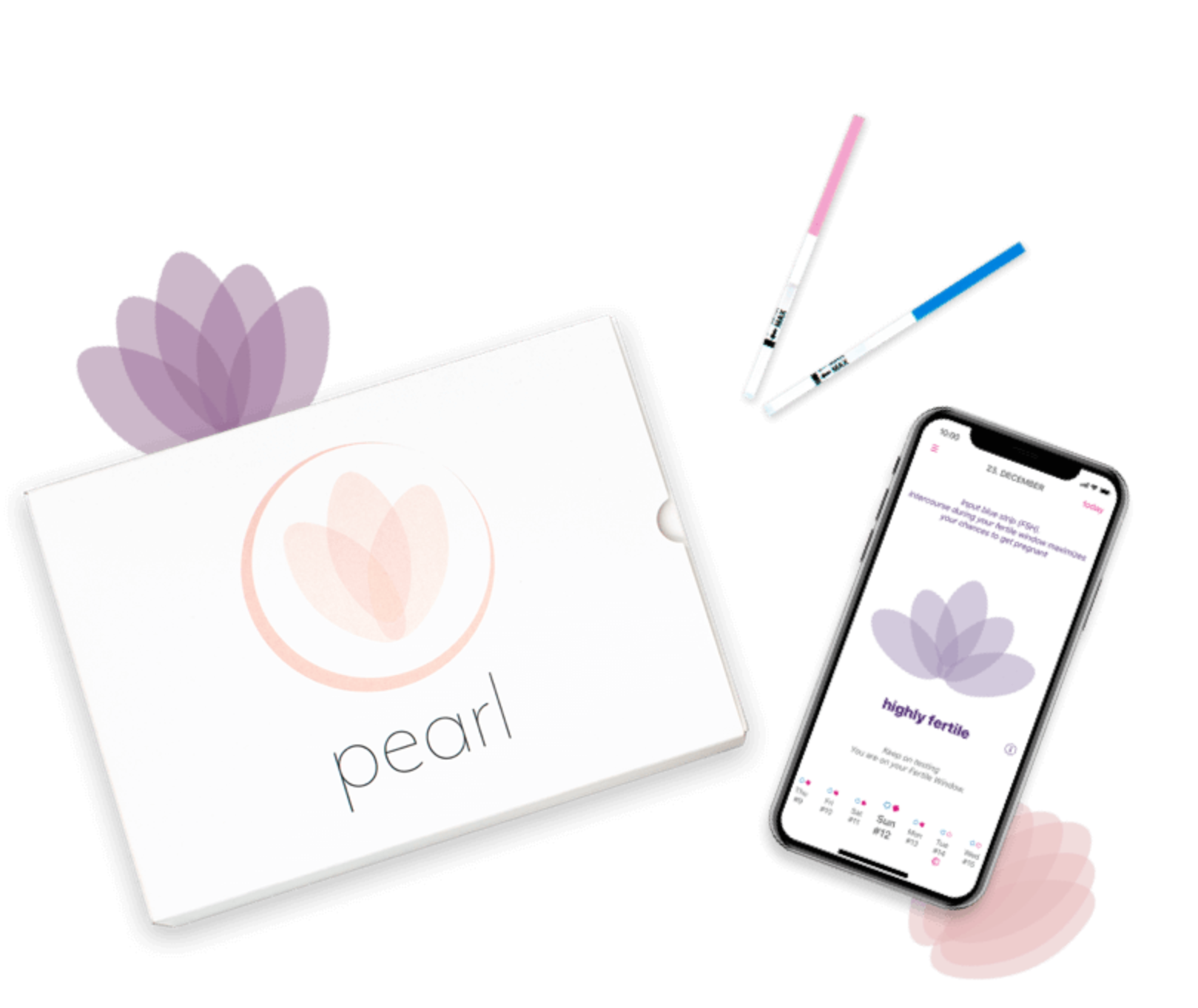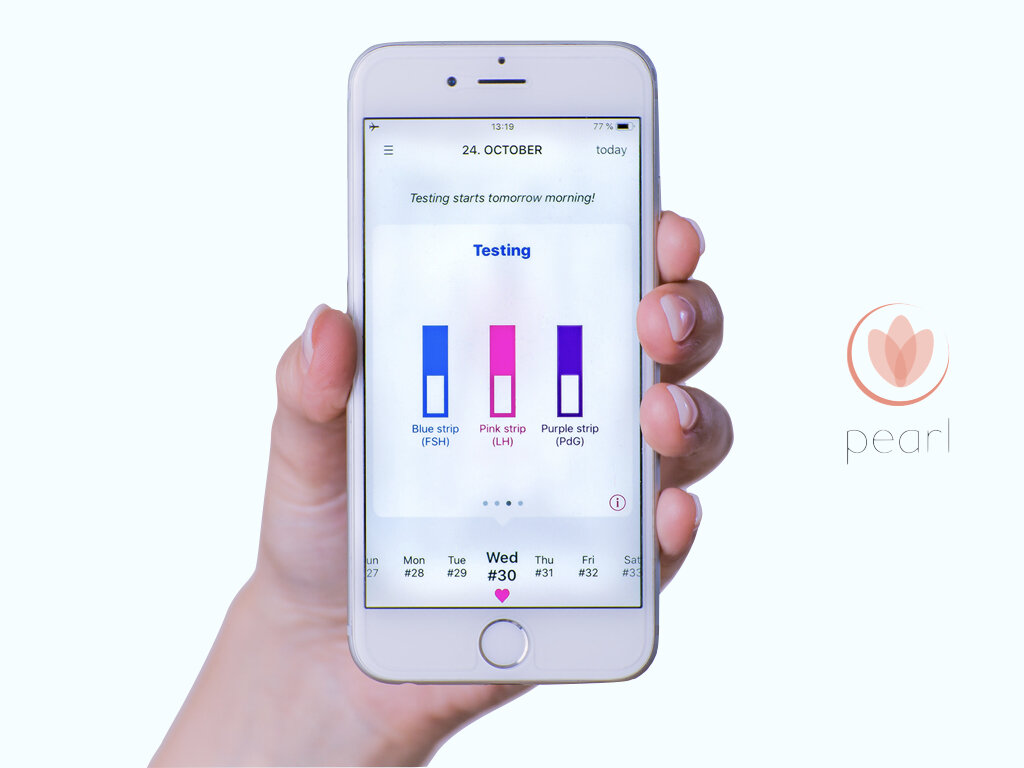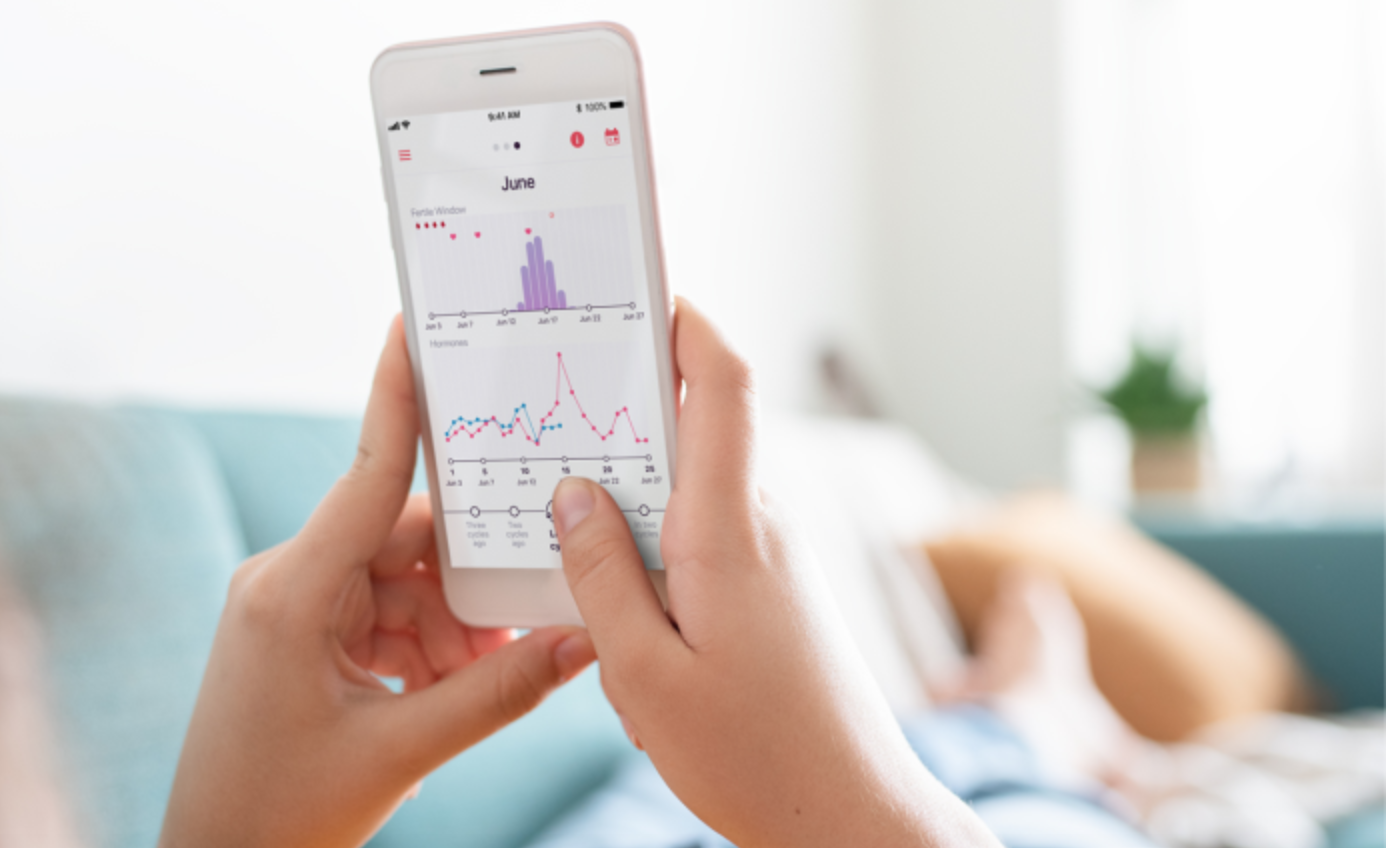What we don’t know (and can’t see)can hurt us.
When I started thinking about environmental toxins and how they impact long-term health and fertility, all roads led to Environmental Toxins Expert, Lara Adler. After two minutes during our interview and discussing her deep love for matcha tea, two things were clear. One was I would immediately give matcha another chance, and two was that Lara is leading a movement by spotlighting how unseen chemicals are making us sicker and infertile. Lara’s credentials speak for themselves and she has been trailblazing in the area of Environmental Toxins before it much of a focus. She is a natural born truth-seeker who is constantly learning, understanding and most importantly, distilling the facts amongst other educators to create awareness and action around the topic of environmental toxins.
If I have done my part, this discussion will leave you more informed on how to live a happier, healthier life beginning today. I couldn’t get enough of the research Lara shared. So much of it blew my mind and inspired meaningful action, which is why I’m excited to share it with you. The topic of silent and colorless, harmful carcinogens might easily create paranoia because there isn’t a whole lot of information out there on what to actually do about it. Knowledge is power and Lara arms us with the knowledge to action change, and do so in achievable steps.
And a quick spoiler alert… I am now a bulletproof matcha convert. Once you read this, you may very well be too.
Your love for matcha runs deep. Why?
LA: It's really complementary to what I teach. I consider it an everyday detox tea. Matcha has a tremendous amount of antioxidants. In fact, it has the highest amount of all foods - more than blueberries, spinach, raspberries and other foods that we consider to be of high antioxidant value.
Matcha also contains a compound called EGCG (epigallocatechin gallate) which is a powerful antioxidant that supports the body’s ability to combat some of the effects of exposures to toxins that we're getting. EGCG helps our bodies process them and is rich in chlorophyll which helps bind to heavy metals like lead and mercury to help excrete them out of the body. Matcha is also extremely high in l-theanine which is an amino acid that slowly releases caffeine and has a very calming effect. It provides an energy bump similar to caffeine does, but without any of the jitters and crash. In fact, matcha tea has been used for centuries by Zen Buddhist monks for extended, day-long meditations to provide a calm focus. I drink it latte bulletproof style with high fat coconut milk and collagen peptides which helps slows the absorption and caffeine delivery even more.
I love it so much named my cat, Matcha.
How do you spend most of your time?
LA: On my laptop! I spend a lot of time working and researching to stay current with what's happening in the constantly evolving environmental medicine space. It’s a full-time job to stay updated on all the articles and papers that are published every week! My goal is to translate and share that information to my students.
I try to spend some of my weekend hours working on non work-related projects. I have a love for wood projects and refinishing furniture. I like to refinish vintage pieces and recently reworked a pair of early 80’s vintage speakers from a sought-after brand that my dad gave me! I like having different ways to occupy my mind and need things to work on that take me out of the online space that I am in so much of the day. You’re never done even when you complete a course or complete a program; it's never technically done. There’s always more to know. More to do. It feels important for me to have something that I work on that I can say “It’s done and I did that. I fixed that. I made that and now I can just enjoy it.” It’s a very intentional project.
I listen to music and a lot of podcasts like Joe Rogan, NPR’s How I Built This and True Crime (but only once in a while because it can be really heavy). My podcasts are usually for long drives, walking, and cleaning the house. I really like the long-form (like 3 -4 hour long) podcasts because to me that's how you really get into the conversation. I also read non work-related books. They're like mental floss and not something that I have to think about.
Was there a moment or experience when you knew that you wanted to pursue a career in Environmental Toxins?
LA: There were a series of moments that stacked up to bring me to the space. I was always interested in health and nutrition. As a teenager I became a vegetarian the summer between middle school and high school and then two years later, I became vegan. I'm neither of those things anymore, but at that time I was obsessed with reading all about nutrition and wellness. I also wanted to appease my father with facts so he knew I had the knowledge not to become malnourished on either diet. I actually never really considered pursuing a career in the nutrition space until many years later when I was well out of college and eight years into another career.
The Health Coaching program I did never really discussed toxins outside of pesticides being “bad”, and there was very little discussion about environmental toxins in all of the health and nutrition books that I’d read. The turning point was when I was health coaching clients that were interested in weight loss. Some had great results following my direction and guidance, but a couple of people did all the things, and they didn't lose any weight. I felt like it was my responsibility to figure out why so I started digging into what I might be missing around resistant weight loss. That’s really where I knocked on the door of environmental health. I learned that there were many chemicals that were linked to resistant weight loss and even weight gain. I was shocked that this had never been discussed in any of the education I’d had to that point… it was a giant elephant in the room.
At the same time that that was happening, my sister-in-law was pregnant with my now 10 ½ year old niece. I started looking into the products like baby mattresses and baby products that my sister-in-law was planning to buy and was horrified by the amount of chemicals that were known to have health effects, yet were being used in these baby products. These two things made me realize how important this topic was and how infrequently they were talked about. I was shocked.
At that point I didn’t know what I wanted my business to be, but I knew I needed to talk about toxins. I wanted to read all THE things, talk about THIS all day. I knew I was going to make THIS my job somehow. So I reverse-engineered my job by asking “who in the world would benefit from my being able to talk about this” (environmental toxins) stuff at the level that I want to talk about it.
I realized I was surrounded by friends and colleagues who had also gone through the same health coaching program that I had graduated from, and they were all hungry for information about toxins… they said they felt like they should probably know about this stuff!
My solution was to see if I could translate everything that I was reading. It took me about two years to read all the things and teach myself because I don’t have a science background. I needed to understand what I was reading and make sure that I was interpreting and understanding it correctly. Then I stepped into the space of teaching courses on this topic to my peer community of health coaches. Over the years it’s expanded to all types of health professionals from medical doctors to occupational therapists, to doulas and midwives, etc. The courses are for anybody and everybody who's working with clients or patients, or customers around health.
If you were a superhero, who would you be and why?
LA: Probably Captain Marvel just because she's such a badass and I appreciate badass women.
What has been the most rewarding moment in your career?
LA: I think it's a series of little moments not just one that makes it worth it. When I hear from my students that they're having successes and they're having opportunities presented, and doors opening for them because they have this fluency in environmental health that they didn't have before, THAT feels amazing.
Sometimes I hear from clients who are celebrating successes based on the programs that I lead. And I hear from people that are not practitioners but that listened to a podcast that I was on, or saw something on my Instagram feed. They tell me that they made this one change because of something that I said and that the chronic illness or health issues that they'd been dealing with completely turned around. I get DM's all the time from people who say that they have been lurking on my Instagram. They thank me because they did all these things I recommended - they write that they’ve gotten rid of the plastic, cleaned out their personal care products, swapped out their cookware. And I didn't even do anything other than post and share! It’s really exciting to see when information that I have shared has had an impact.
It’s been very rewarding to see the conversation evolve publicly in the broader (general market) space. I feel like I've participated in some of that and seeing this huge movement of awareness around environmental chemicals that didn't exist when I started this conversation has been incredible.
It’s always been my goal to help as many people as possible get hip to these issues to make and demand changes. I chose to work with the health professional community because together they have contact with a lot more individuals than I could on my own. It’s a one- to-many model, that allows me to better leverage the message.
What are some of the most shocking finds that you’ve made working in this space?
LA: The average pediatrician, obstetrician, primary care doctor is 15 years behind the current research, unless they are taking the time to do the research. The current medical model doesn't really allow them the time to do it. Medical school curriculum, on average, offers only 7 hours of training in environmental health, and some schools don’t cover it at all. To put it in perspective, the average MD gets only 19 to 21 hours on nutrition, which we realize is paltry (and environmental toxins education is about 1/3 of that). The World Health Organization and the CDC and NIH recognize that environmental toxins are a huge burden to our health, yet health professionals aren’t being educated on the issues.
There is almost no curriculum on Environmental Health in the medical school programs and a 15 to 20-year gap between what the research is publishing and what actually makes it into standard of care practice.
The medical school programs that do cover environmental health are typically looking at occupational exposures. They're looking at really high dose scenarios like cigarette smoking, or workplace exposures, but what about the low levels of endocrine disrupting chemicals that we are constantly being exposed to? That is just not addressed in these programs. One solution is more education but how many more hours of education can you jam into medical school?
The whole paradigm needs to shift, and my concern is that if we have to wait another 15 years, we're always going to be 15 years behind at a minimum-in-standard of care practice. We need more Allied Health practitioners like health coaches, nutritionists, registered nurses and dieticians to support primary care practitioners around helping individuals make the necessary lifestyle changes. Those are the people that we need to educate so that we’re not continuing the trend of being so many years behind.
I talk about environmental toxins as if it were a foreign language because it's awkward and there are new words, and they're hard to pronounce. So just like with a foreign language, practitioners need to develop fluency. The reality is that as more and more people are being confronted with health issues, people are starting to explore outside of the conventional approach by reading news. Consumers are seeing headlines about lead, or perfluorinated chemicals in the drinking water and links to cancer, plastics in baby bottles, and they are freaked out because these articles can be scary. Most of those articles don't provide practical, actionable solutions so people walk around with a mid-to-low level of anxiety about everything. It causes them to question every purchase that they make and if they are even buying the right thing. And they can't talk to their doctor or pediatrician about it because they (their doctors) don't have the training, so people have this anxiety that builds up.
What toxins are the most detrimental to overall health?
LA: That's a good question and it takes a little bit of gymnastics to answer it because the worst toxins aren't necessarily the ones that we are exposed to every day. So there's the ones that are going to punch you in the gut really hard and are really bad like dioxins and PCBs, flame retardants, arsenic, lead and really any kind of heavy metal. And yes, we are being exposed to those and those are really problematic. And then there are those that won’t necessarily punch you in the gut but will be “death by a thousand cuts”. Those (death by a thousand cuts) are chemicals like endocrine disrupters which we are being exposed to day in and day out.
So how do we prioritize? It becomes a how do we stop the thing that's punching us in the gut periodically, or do we slow the death by a thousand cuts? There are well over a thousand endocrine disrupting chemicals that have been identified. In the home environment those are plasticizers like phthalates, BPA, plastics, and VOCs that are off-gassing from our furniture. Chemicals can be found in items like scented candles, air fresheners, and flame retardants in our electronics and upholstered furniture. We are also looking at contaminants in our drinking water, whether it's heavy metals like lead or Perfluoroalkyl (PFASs) chemicals that are now contaminating our drinking water. PFASs chemicals can be found in nonstick cookware and house dust. Those are just some of the chemicals that we are being exposed to every day.
Because each one of those categories is complicated and nuanced, the goal is to start reducing our exposure to as many of those endocrine disruptors as possible in the home. We spend 93% of our lives in the built environment that is divided between our homes, offices and in our cars.
Of the three, we spend close to 60% of our lives in our homes, so let's start with reducing toxins in that place because that's where we are the most.
I really encourage people to start systematically reducing exposures to these toxins one at a time. That helps dial down what the body has to process. The goal is to reduce exposures while simultaneously increasing the body's capacity to detoxify the compounds that we can’t avoid. That actually goes full circle back to the matcha tea because it is one of the things that helps us open up our detox channels. Regularly supporting liver function by eating nutrient dense foods with antioxidants for example, along with foods like cruciferous veggies and Brazil nuts high in selenium, help support the natural detox process.
How can toxins adversely impact fertility? What toxins should we avoid?
The first thing is to focus on is avoiding endocrine disruptors with the emphasis on anything that's going to mess with your thyroid hormones. That includes any chlorinated chemicals found in our drinking water, Polybrominated diphenyl ethers (flame retardants), and fluoride in our oral care or in our drinking water which is really common in this country. All of these things can block the uptake of iodine into our thyroid which can in and off itself can cause or contribute to a tremendous number of hormone and fertility related issues.
For people that are dealing with fertility issues, the most important things to do are:
Filter your water. I recognize it’s not the easiest step because it takes some homework and it can be expensive, but water is something that you're ingesting every single day.
Emphasize organic foods as much as possible. A number of studies have looked at what happens when people switch from a conventional diet to a mostly organic diet, (not even 100% because that's pretty hard) and they found that circulating pesticide levels dropped by 80 to 90% in just three to five days. When we start avoiding these exposures, they can work their way through the body pretty quickly. That's not to say that they're not doing damage while they're working their way through because they may be, so we want to avoid them as much as possible. Organic food is the way to go for anybody who's trying to conceive or having trouble conceiving naturally.
Ditch all home and synthetic fragrances. Lose the scented candles, air fresheners, swap your laundry detergent and don’t use dryer sheets. All of those products contain chemicals that mess with our hormones and fertility is a hormone driven process. Replacing home goods with safer fragrance-free, phthalate-free, paraben-free products is a great place to start. I would also add to get rid of the plastic that comes in contact with the food in your kitchen. Swap out the plastic (Tupperware) containers for glass containers. Use old-school stainless steel, enameled cast iron rather than non-stick pans, and wood cutting boards. It's really the way to go to reduce exposures to endocrine-disrupting chemicals.
The last big category is addressing the personal care products that we're putting on our skin every day. From shampoo, body lotion, deodorant, to make-up and shaving cream. All of these things are made with these endocrine disrupting chemicals and our body does absorb a fair amount of them. These are much easier to change than swapping out our couches. (Most couches have flame retardants, yet they are a large investment to replace).
Start with the things that are easily actionable like purchasing organic food, evaluating personal care and household cleaner products, and ditching plastics in the kitchen.
For some that might be enough to overcome the fertility obstacle by getting rid of these things that are causing disruption in their hormones. This applies to men too. It's not just women who have to shoulder this responsibility. In fact, perfluorinated chemicals in our drinking water and food packaging, mess with sperm count and motility.
So I have to ask the question, is the packaged quinoa that I purchase in plastic at the store bad?
LA: Not bad, but not exactly great either. In 2005, the FDA approved the use of perchlorate chemical used in jet fuel as an anti-static agent inside food packaging. Foods like quinoa can get staticky inside the bag so perchlorate is often used to prevent this static build up. After the FDA approved its use, levels of perchlorate in humans has increased, so that’s a potential issue.
Plastic itself is another issue. Not all plastic is the same, and not all plastic contains BPA (the plastic chemical people are most familiar with). Most plastics aren’t great, the chemicals in them can migrate out into the foods they are in contact with. Things that can increase leaching include heat, oil, acidity, and abrasion. So avoiding foods packaged in plastic that are acidic, like sauerkraut for example, is a good idea. The plastic bag that your quinoa is in likely doesn’t pose too much of a health issue itself because quinoa is a dry food.
Is there a link between infertility and future generations? Is there hope?
LA: There's definitely a link, we're seeing fertility rates around the planet drop precipitously and that's concerning for a lot of reasons. Dropping fertility rates don’t just have social implications; it also has global economic implications. We need healthy fertility rates.
Otherwise we're going to end up in some ‘Handmaid's Tale’ nightmare. Incidentally, that book was written in 1983 and the author shares that the reason why people are infertile is because of all the chemicals.
There is a degree of hope though because awareness is shifting and because more and more people are starting to pay attention. And that right there I think is the silver lining. If we actually do something about all of this, we can actually turn things around.
About Lara Adler: Lara Adler is an Environmental Toxins Expert & Educator and a Certified Holistic Health Coach who teaches health coaches, nutritionists, and other holistic health practitioners how to eliminate the #1 thing holding their clients back from the results they are seeking; the unaddressed link between chemicals and chronic health problems. She trains practitioners to become experts in everyday toxic exposures so they can improve client outcomes without spending hundreds of hours researching on their own.
Combining environmental health education and business consulting, she’s helped thousands of health professionals in over 25 countries around the world elevate their skillset, get better results for their clients, and become sought out leaders in the growing environmental health & detoxification field.
For news and tips on environmental toxins, find and follow Lara on IG, Facebook, Twitter and Pinterest.











